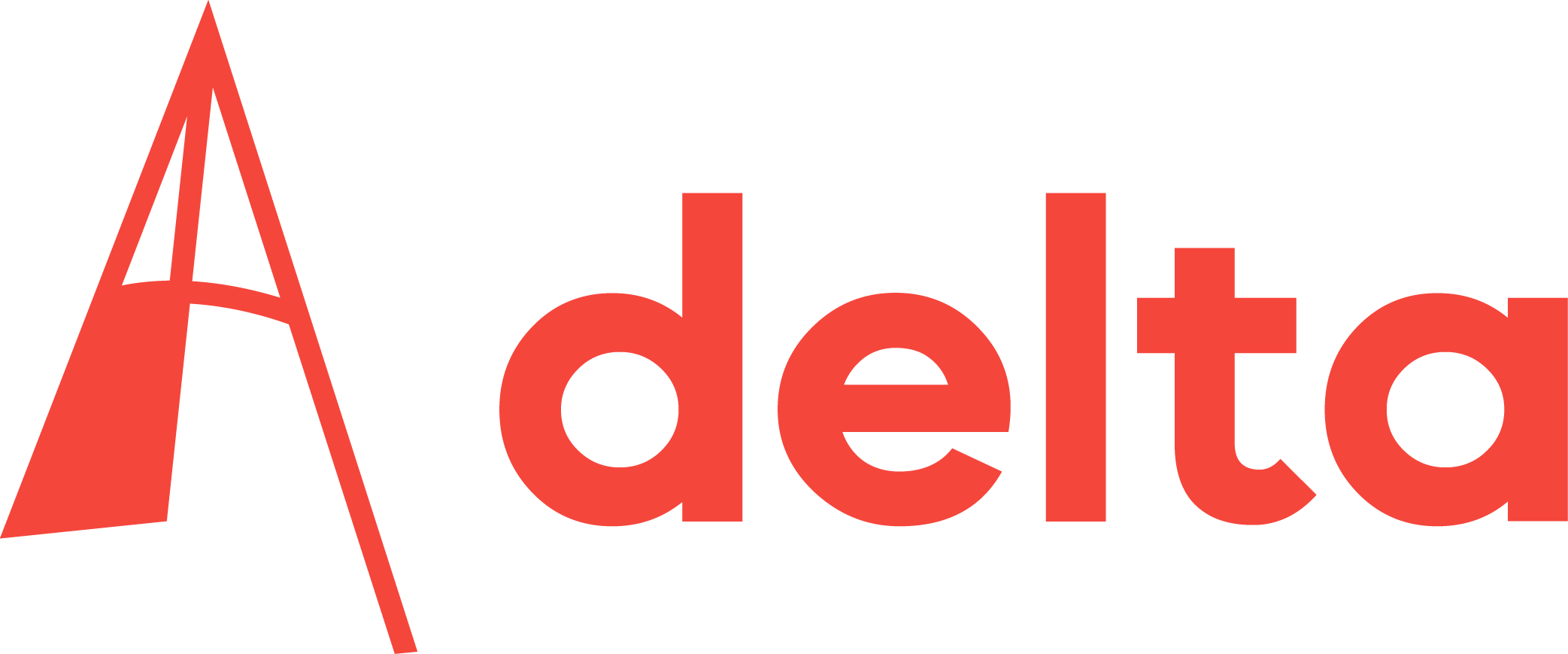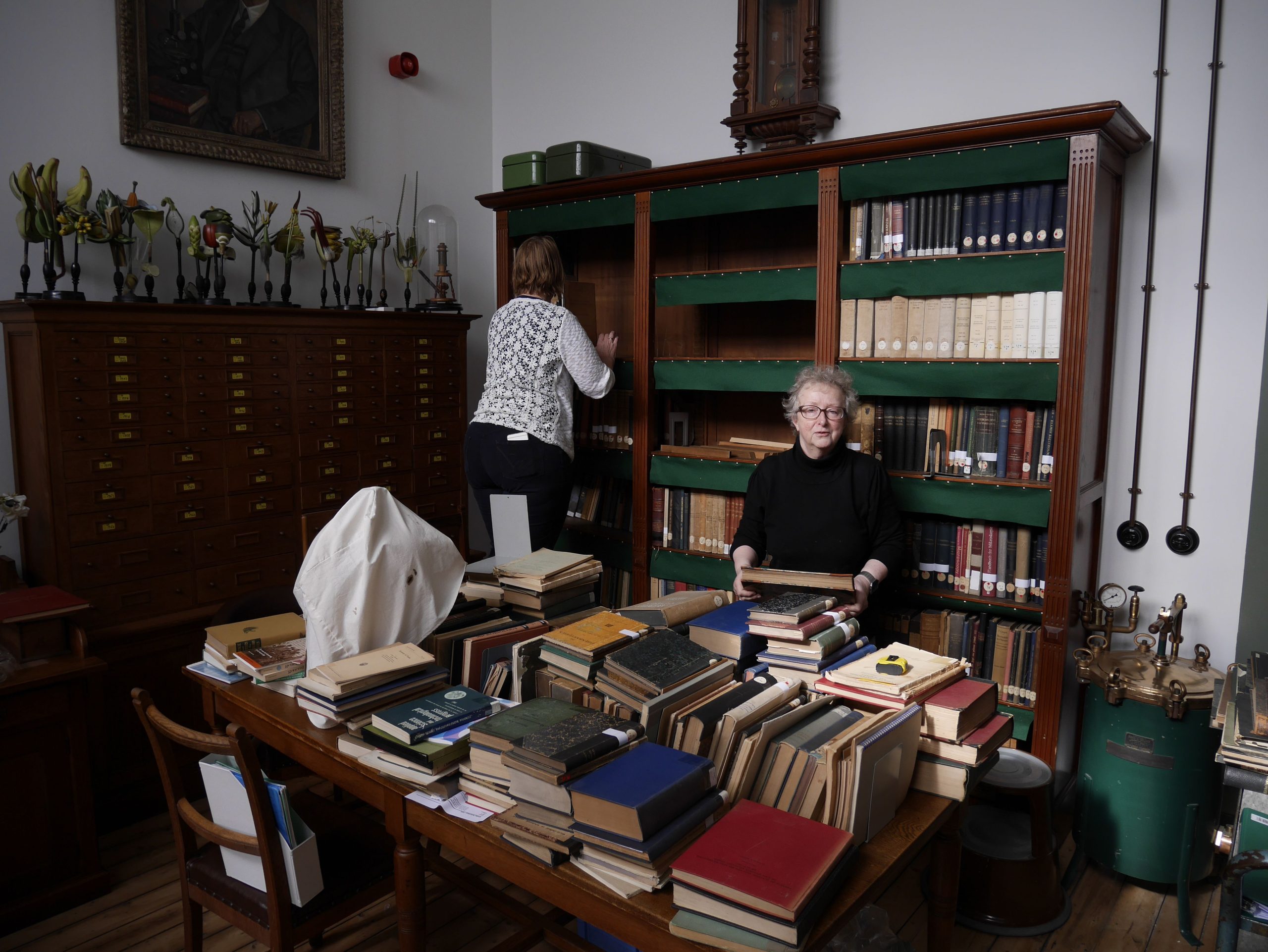Open the door and step back a century in time. This office contains no computer, no camera, no copying machine. Instead, there are books, microscopes and a desk with dozens of portraits hung above it.
“People hung photos there from individuals with whom they corresponded,” said microbiologist Dr. Lesley Robertson. After her retirement from the department of biotechnology, she recreated on the second floor of the Science Centre the office of Professor Martinus Beijerinck, the founding father of the Delft School of Microbiology, and his successor, Professor Albert Jan Kluyver.
The original office was located on the Nieuwelaan. The reconstruction in the Science Centre on the Mijnbouwstraat is only a couple of hundred meters further south. Robertson has been working on the new incarnation, plus the ever growing Beijerinck collection, for more than forty years. “If I hadn’t become a scientist, I would have liked to become a historian,” said Robertson. She is seemingly unaware of the fact that indeed she has become both.
The huge oak chest of drawers dominates the room. In it, the professor kept his articles and his correspondence. It was the hard drive of the late nineteenth century. On top of it, models of plants and flowers are stored. They’re as big as olive oil bottles. The models were used during lectures and had to be visible from the back row. Also in the lectures were the large hand-painted wall charts, made by Beijerinck’s sister. Some arts from Beijerinck’s and Kluyver’s academic legacy were retrieved from Leiden and Groningen to be displayed in the restored office.

Bio Day Delft
On March 16, Beijerinck’s day of birth in 1851, the office will be opened to the public in a modest ceremony at the end of the Bio Day Delft. Talks by Science Centre director Michael van der Meer, curator Lesley Robertson and rector Karel Luyben will mark the official opening. Interested groups will be escorted upstairs to have a first look. They’ll see the office “as if,” in Robertson’s words, “the Professor has just left for lunch.”
Beijerinck’s office is open for guided tours for small groups only. Tours can be booked via the Science Centre’s reception or online.
Dr. Robertson keeps a weblog on findings and incidents occurring in the line of duty.



Comments are closed.